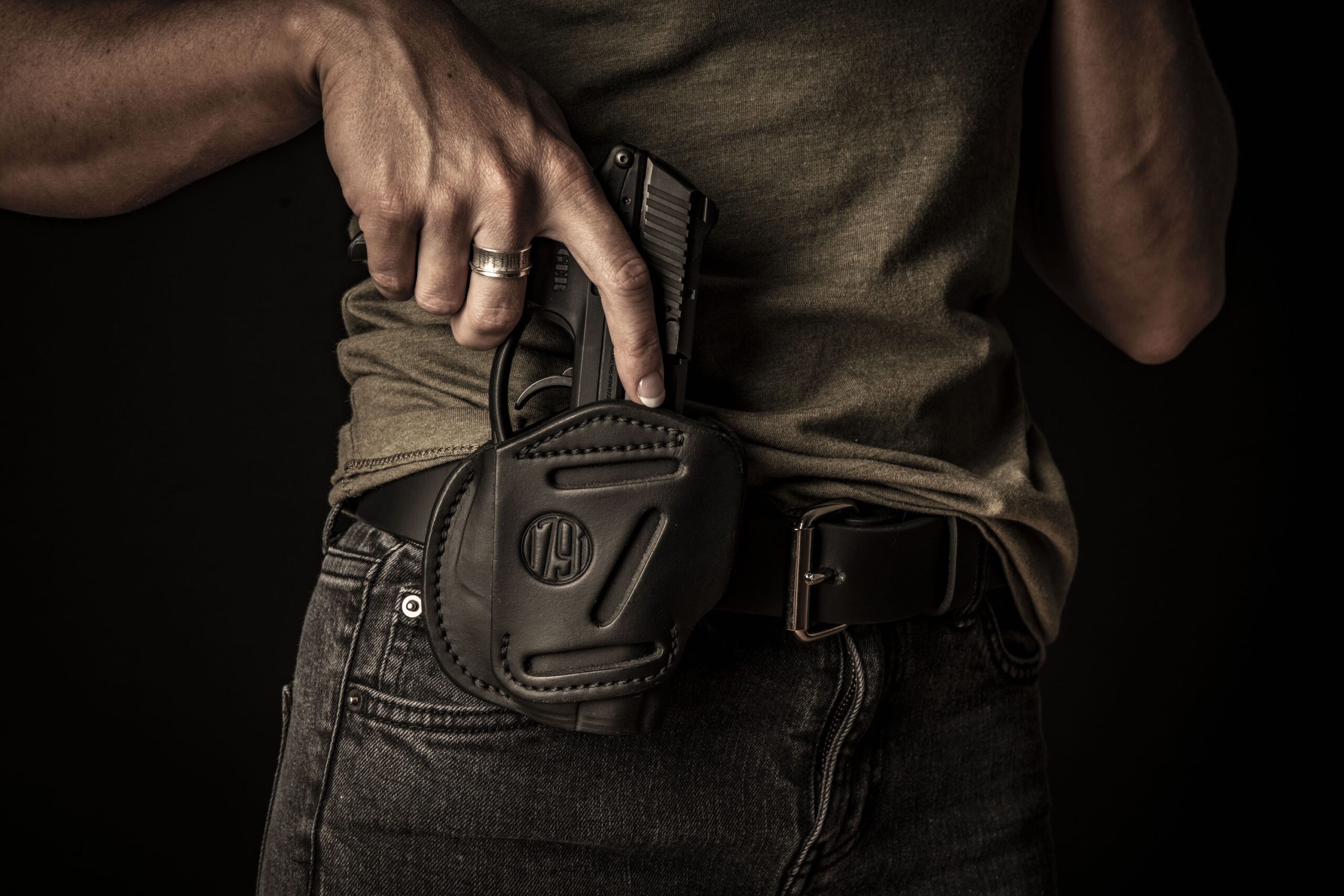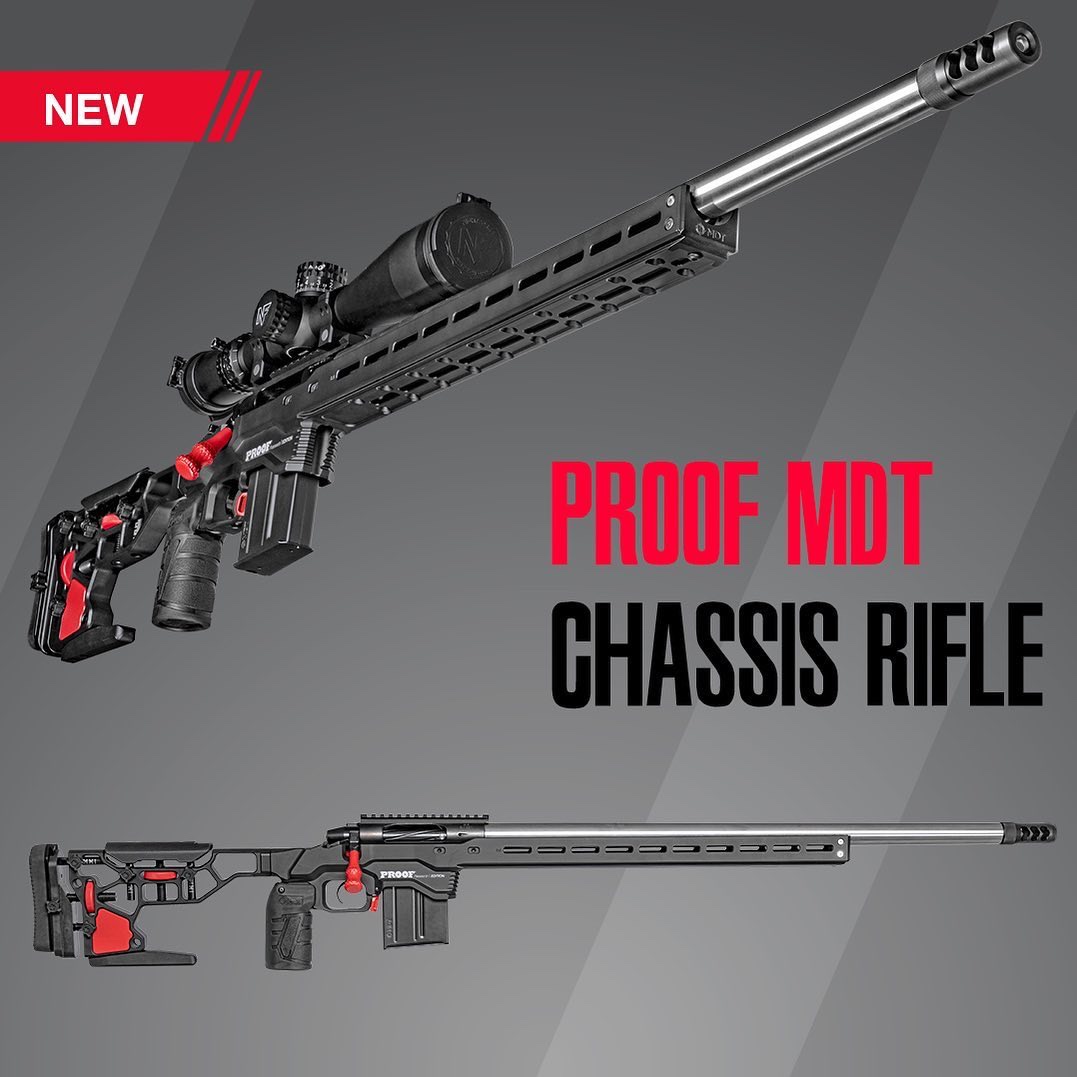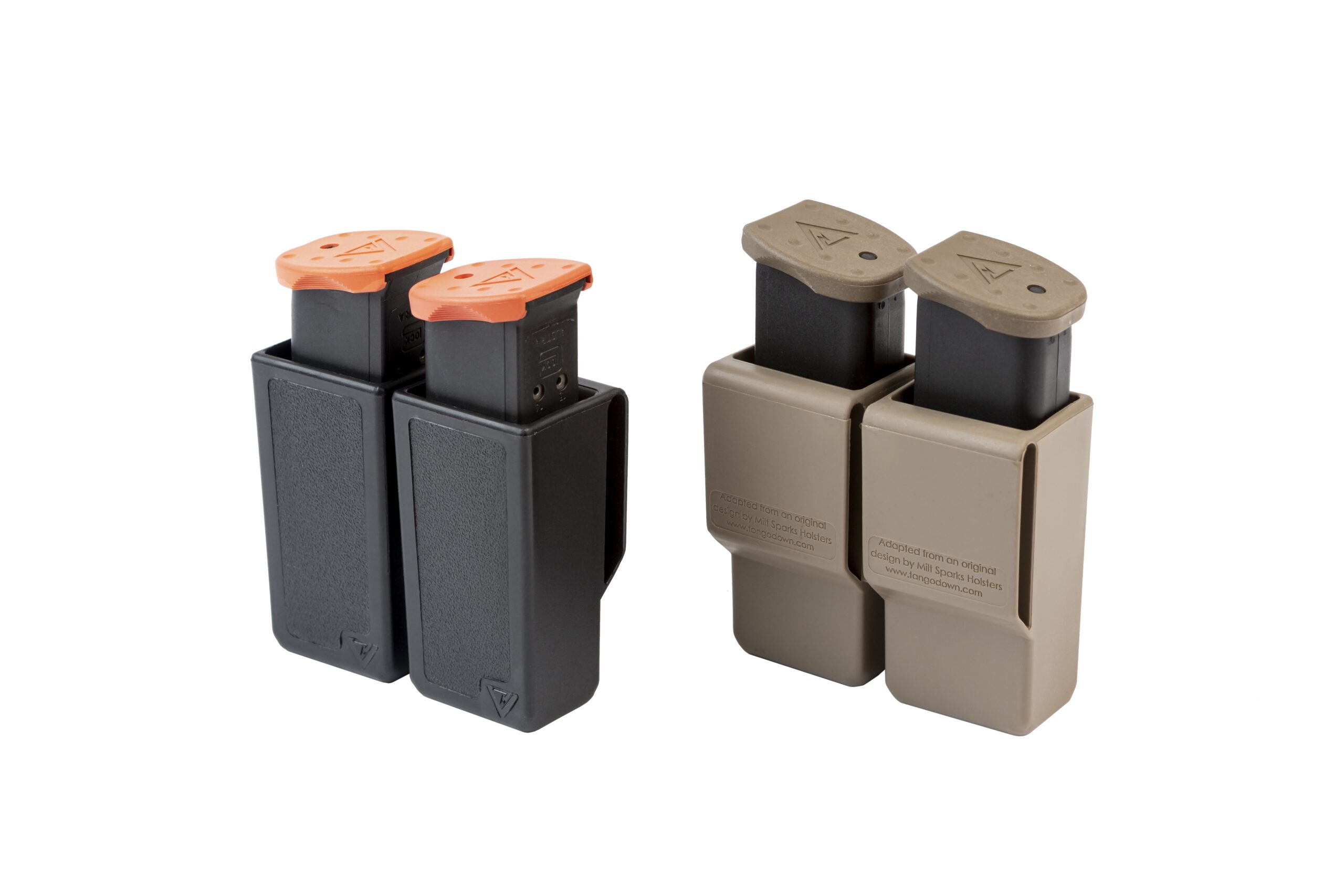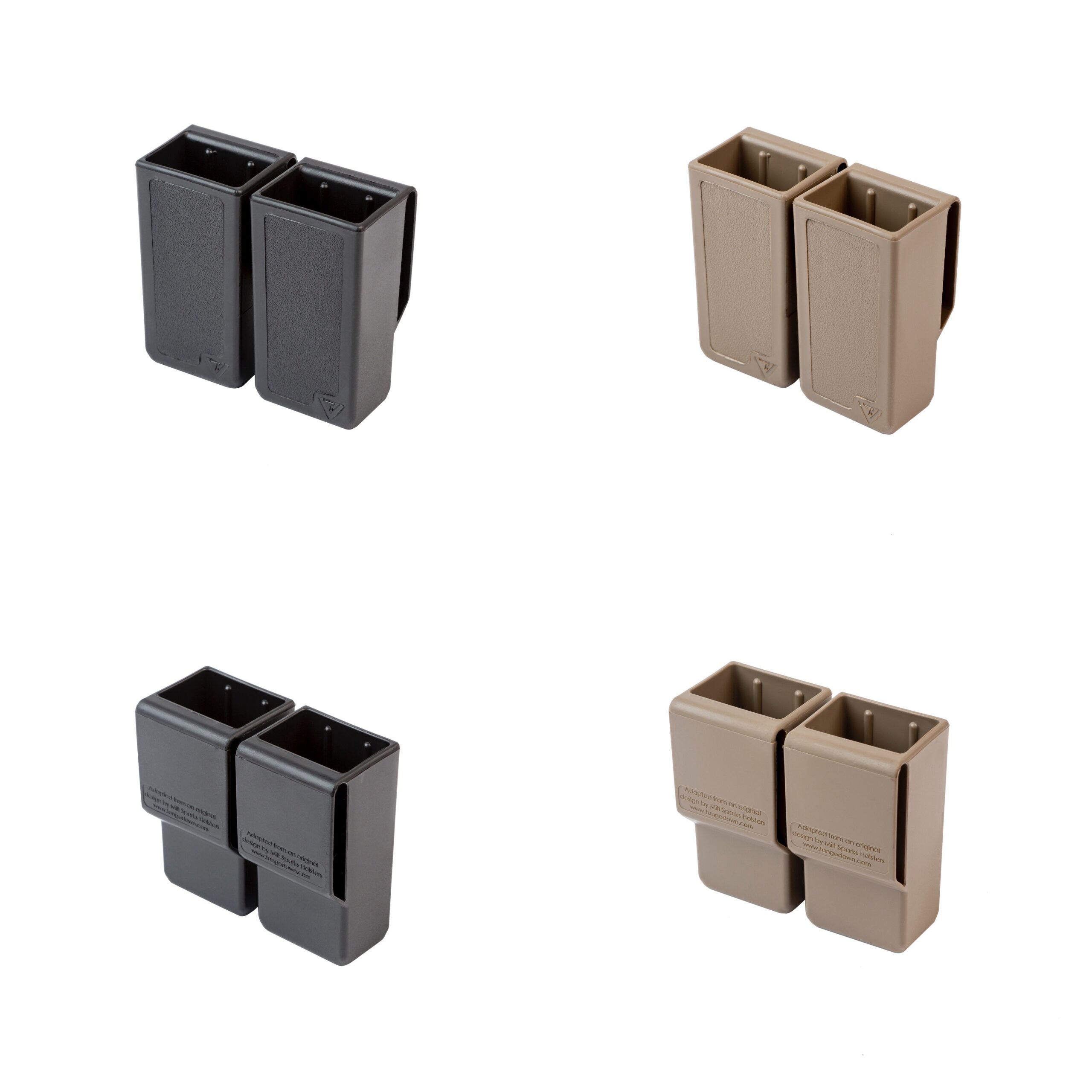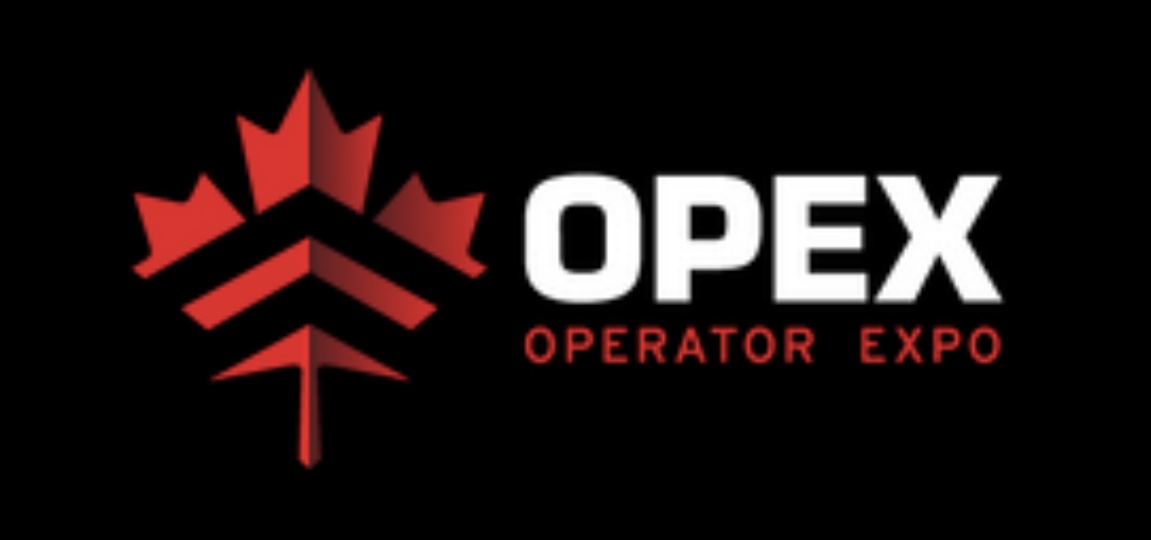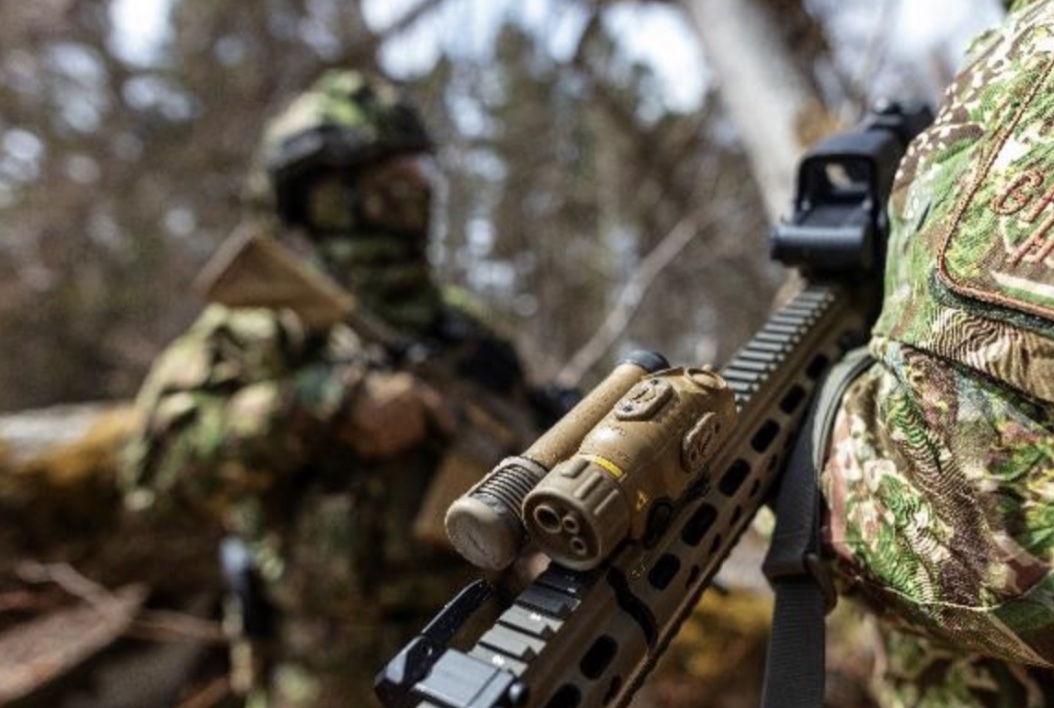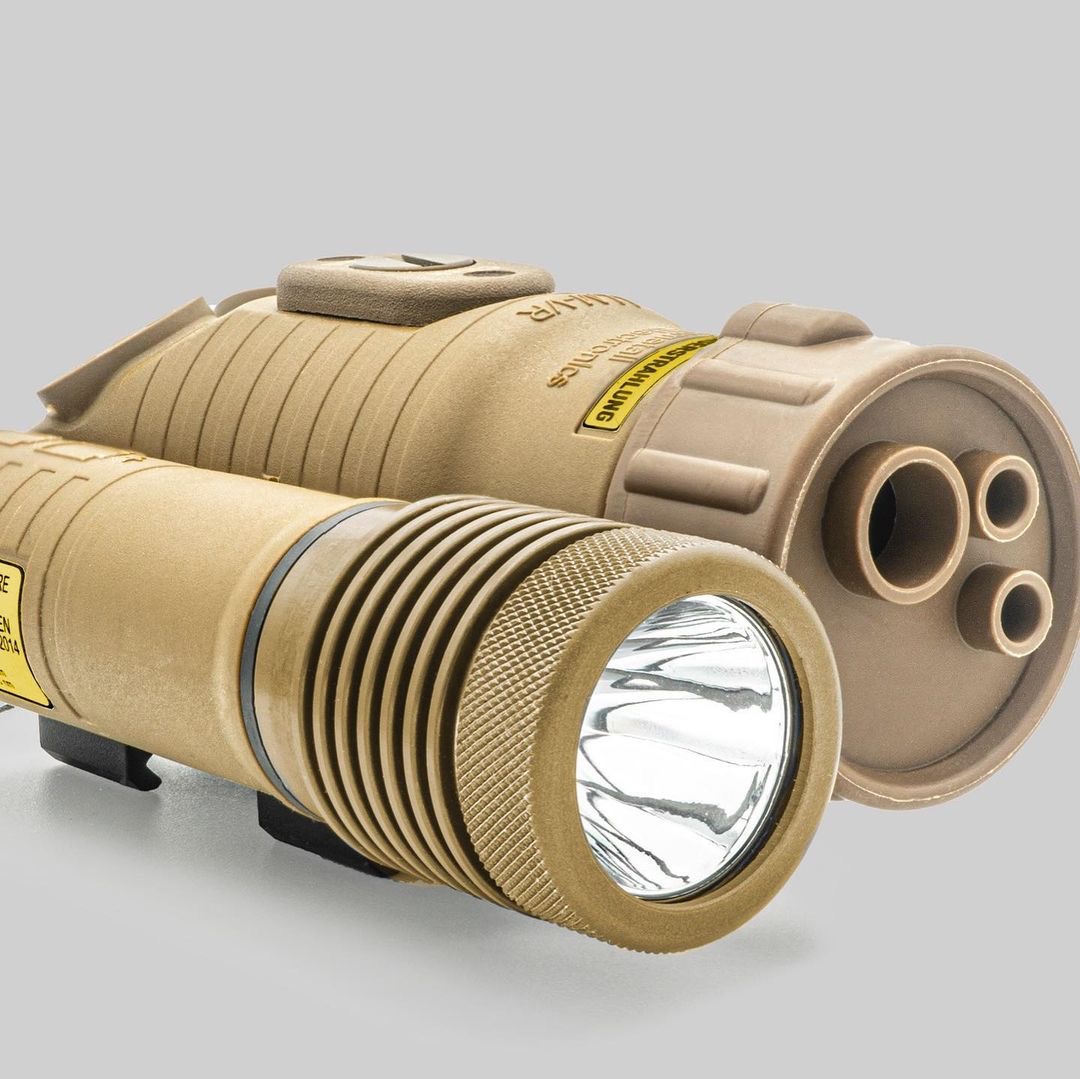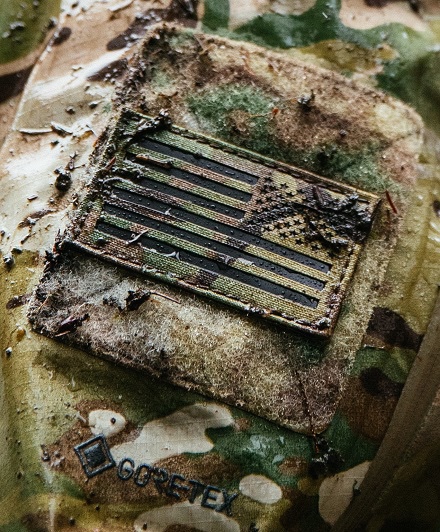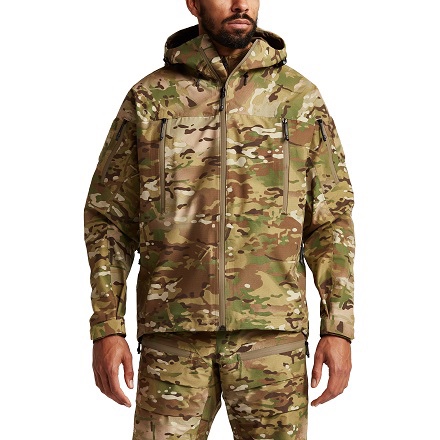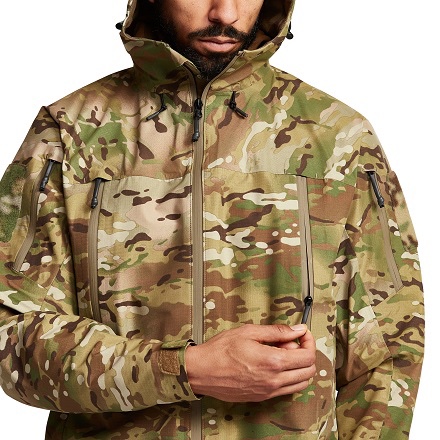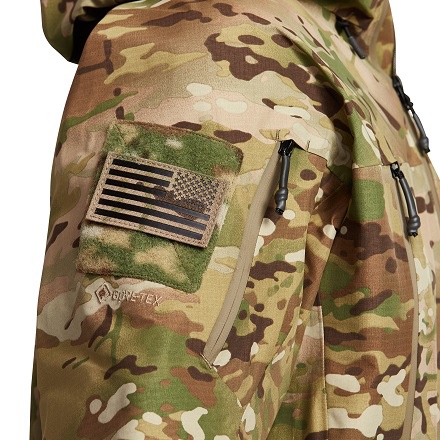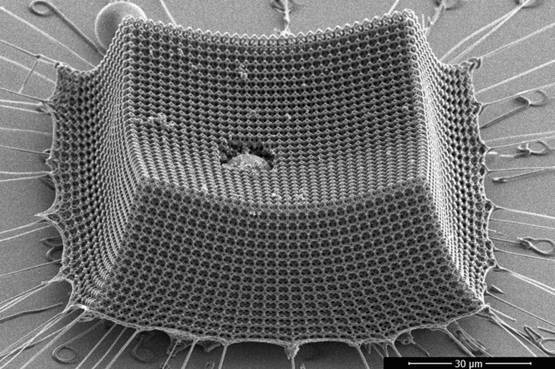?AGAN, POLAND — U.S. Army Soldiers with the 1st Armored Brigade Combat Team, 1st Cavalry Division participated in a guided tour at the Great Escape museum in ?agan, Poland, July 5, 2021.
The Great Escape was a massive escape attempt from Stalag Luft III, a prisoner of war (POW) camp in ?agan, Poland, controlled by Nazi Germany during WWII.
The Troopers walked approximately three miles through the woods to get the chance to learn about an essential piece of military history. Upon arrival, the Troopers were provided with a guided tour from the curator around the remains of Stalag Luft III.
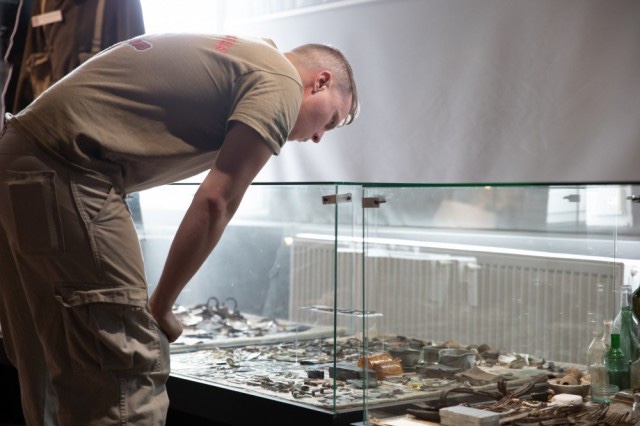
The curator began the tour by leading the troopers to the memorial near the entrance of the museum. He explained the history behind the monument and the dedication to the Soviet prisoners that perished at Stalag Luft III. Outside, Troopers were able to see a replica of an old wooden watchtower and an exit to one of the three underground tunnels.
Once inside, the Troopers saw a miniature model of the camp and where the three tunnels — known as Tom, Dick, and Harry — were dug. This miniature model gave the Troopers a visual of the camp’s diversity. The museum displayed multiple flight suits from different countries.
The curator explained all the planning that went into the escape attempt and mentioned a few facts that aren’t commonly known. The camp was nearly impossible to escape from because of the elevated prisoner housing, loose, collapsible soil, and seismograph microphones in the ground around the perimeter of the camp. The prisoners had to be extremely cautious while preparing to escape under the guards’ watch.
The Troopers were able to explore a barracks replica outside the museum that would have housed prisoners of war. To their surprise, the living conditions in the barracks were much better than expected. There’s a common misconception that Stalag Luft III had living conditions similar to those of a concentration camp.
Although it was a prison camp, the Germans had to follow the rules set by the Geneva Convention according to the curator of the museum, so there was a standard of living that the prison had to uphold.
Staff Sgt. Noah Hill, a brigade religious affairs noncommissioned officer with 1st Armored Brigade Combat Team, 1st Cavalry Division, set up the guided tour. He said he enjoys seeing the Troopers get off base and learn more about the Polish culture near their area of operation.
“We went through our training rotation,” Hill said. “However, I also wanted them to be able to talk about the good that’s in Poland and build that trust with the Polish people who we’re working with.”
Troopers of 1st Cavalry have had the opportunity to partake in a few military history tours like this one. They have also toured Auschwitz concentration camp and been given a Polish military history presentation to understand Poland’s culture better. The 1st ABCT is currently undergoing redeployment operations before heading back to its home station in Ft. Hood, Texas.
By PFC Michael Baumberger


